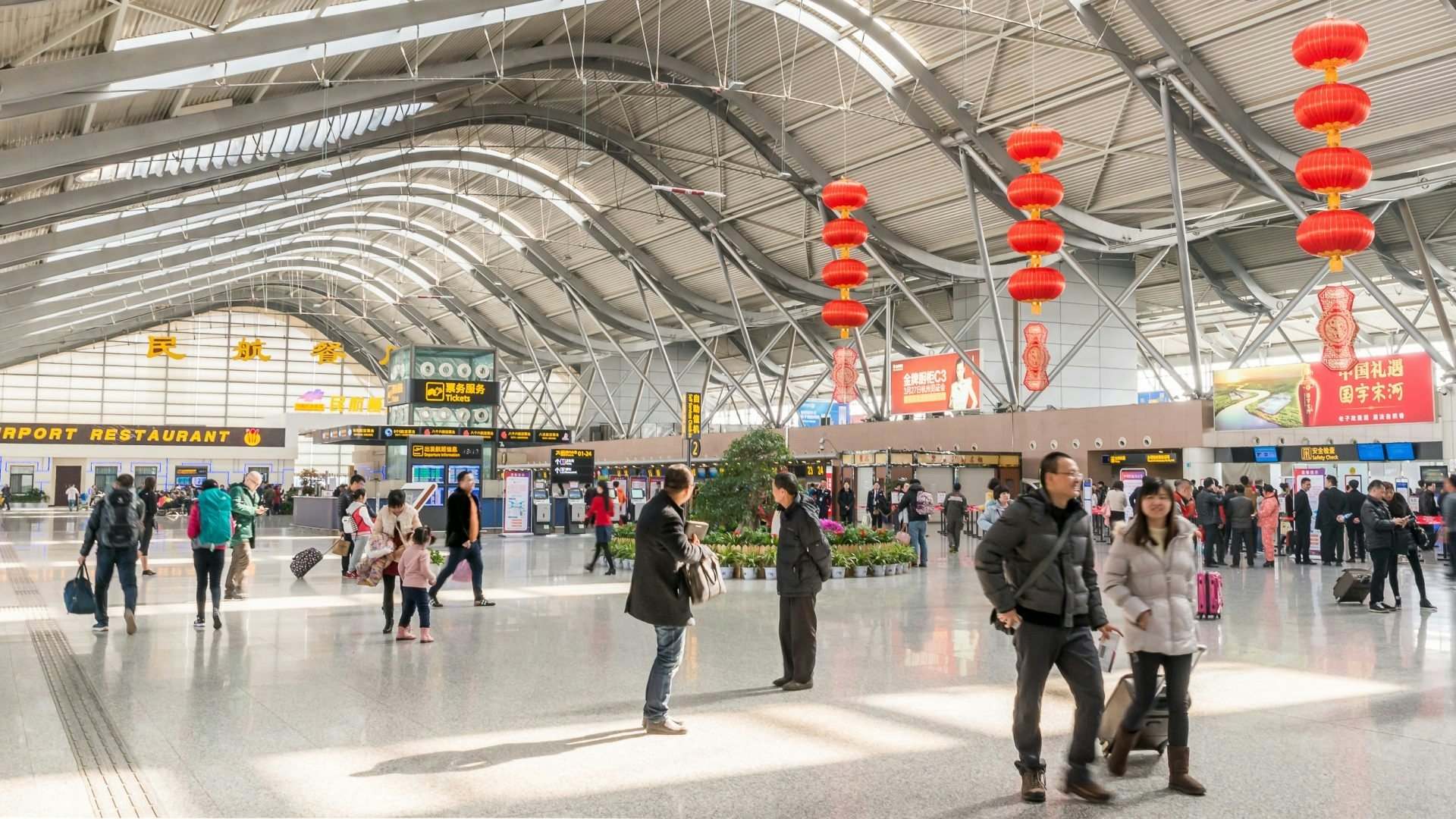According to research published by MasterCard, the number of outbound trips from China is expected to grow by 50.5 percent between 2016-2021. This growth would bring the total number of overseas journeys from 68.7 million in 2016 to 103.4 million by 2021—exceeding China’s expected GDP growth in the same period.
103.4 million outbound journeys in 2021 would position China not only as the largest tourism source market, but also as the by far most important source market in Asia Pacific—representing approximately 40 percent of all travel from Asia Pacific by 2021. The second and third runner ups, South Korea and India, are projected to only account for between a fourth and a fifth of Chinese outbound travel respectively.
Importantly, MasterCard’s research does not account for Chinese travel to China’s Special Administrative Regions (SARs), which until recently have accounted for over half of China’s outbound travel. In 2016 alone, Hong Kong and Macau received over 60 million Chinese tourists combined, which still represents a decline on 2015’s figures. Assuming that Chinese travel to SARs remains relatively stagnant in the coming 5-year period, that would bring the total number of Chinese tourists to the region of 160 million outbound journeys by 2021.
China is projected to remain the by far largest tourism source market in Asia Pacific. (Data from MasterCard)
The report also finds that China has an enormous potential for growth as its catching up with the propensity of travel in developed countries across the Asia Pacific. In Singapore, Hong Kong, and Taiwan, the ratio of outbound travel exceeds 100 percent—meaning that, on average, at least one person per household travels internationally every year. In China, this ratio stood at 15.6 percent in 2016, underlining the room for future growth in China as economy catches up with more developed economies in the region. Even so, China’s ratio of outbound travel is higher than that in many other developing Asian markets. For example, India, Myanmar, Indonesia, and Bangladesh all report ratios lower than 10 percent. China’s ratio of outbound travel is projected to reach 23 percent by 2021, putting it some 17 percentage points behind Japan—the developed economy with the lowest rate of international travel in Asia Pacific.
In contrast to many other developing economies in the Asia Pacific, the projected growth of outbound travel originating in China is not due to a growing number of households, but due to increasingly affluent Chinese households. The report finds that Chinese outbound tourism will grow at a rate of 8.5 percent per year between 2016 and 2021, whereas the total number of households is only expected to grow at 0.4 percent per year in the same period. Instead, it argues that the number of households which earn between US$10,000 and US$30,000 is more indicative of future tourism growth. The number of households that falls in this category (or above) is projected to reach 48.8 percent of all Chinese households by 2021 and will act as the main engine of tourism growth in this period.
Indeed, if nothing stands in the way of China’s continued GDP growth, the future looks bright for global Chinese travel.
